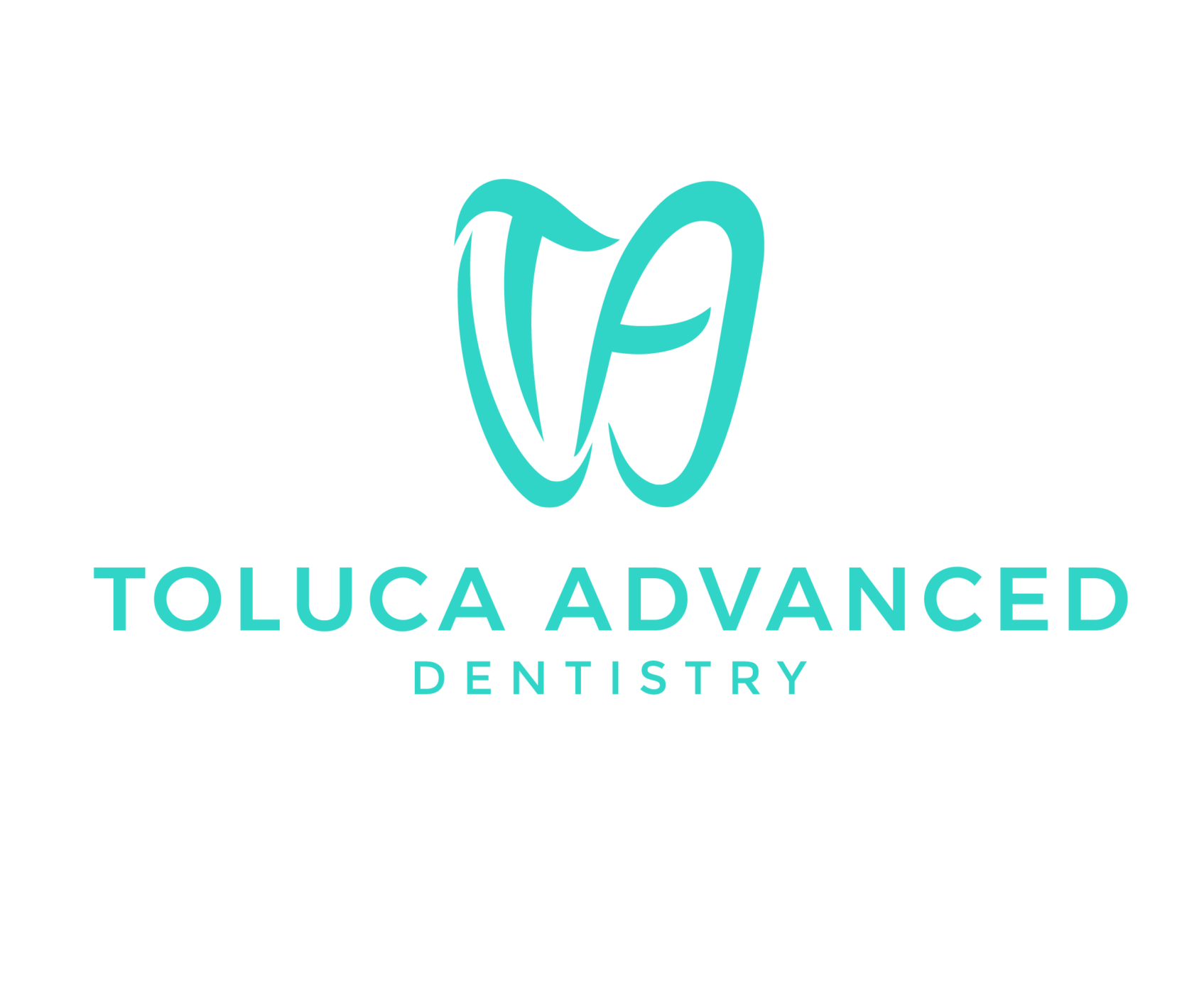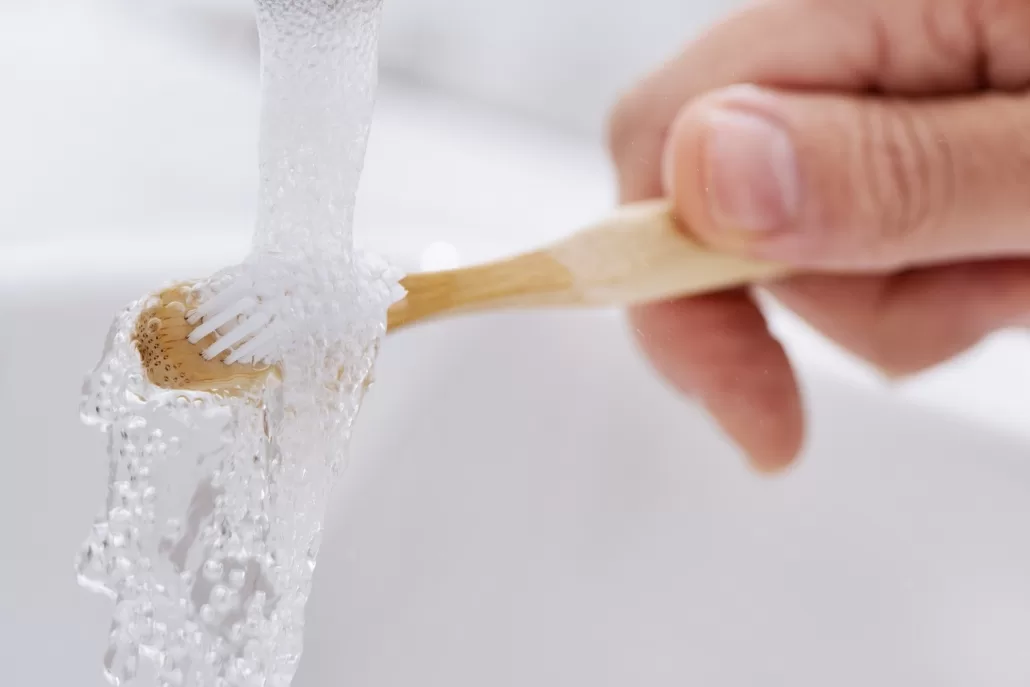Your oral care routine usually involves several steps. Brush and floss your teeth daily. You use mouthwash to kill bacteria and see your dentist twice a year for routine checkups.
But if you do not take proper care of the tools you use in your daily work. Your efforts to maintain a healthy smile may not be appropriate.
Do not use pressure to brush your teeth. For more effective cleaning, you may want to use force and pressure to floss your teeth and gums on your teeth. However, this cleaning method can damage your tooth enamel and cause it to deteriorate. Without enamel protection, your teeth are prone to staining, corrosion, and other damage. But if you use too much pressure to clean your teeth, your toothbrush will be damaged. As a result, your toothbrush loses its effective cleanliness. Instead of pushing to clean, clean with repeated movements, moving the toothbrush gently in different parts.
Rinse your toothbrush to take care of it. Because your toothbrush comes in contact with your entire mouth and the germs that live in it – this cleaner is likely to collect food particles, bacteria, and other debris from your mouth. After brushing, take some time to wash your toothbrush. Place the brush under warm running water.
Keep your toothbrush dry. Although it may be difficult, you should always keep your toothbrush dry. If moisture remains on the brush, it can encourage the growth of bacteria. First remove the excess water after washing, then place it vertically in the toothbrush holder.
Many dentists recommend that you change your toothbrush about every three months, and the American Dental Association recommends that you change your toothbrush about every three to four months.
No matter what type of toothbrush you use, your hair may wear out and lose its effectiveness, and clinical research shows that a new toothbrush can remove more plaque than a lost toothbrush. And make sure your brush does its best to keep your teeth clean.
When you are sick or not feeling well, change your toothbrush head. The toothbrush brush does not kill bacteria in the mouth. Protects you from illness or prevents you from getting sick. Therefore, regardless of the type of toothbrush you use, be sure to change your brush regularly for maximum efficiency and be diligent in maintaining its hygiene.
When was the last time you got a new toothbrush? If you are not quite sure how many times you should change your toothbrush, you are not alone. Past data show that 42% of people do not change their toothbrush every once in a while, but changing your toothbrush is the easiest thing you can do for your oral health.


